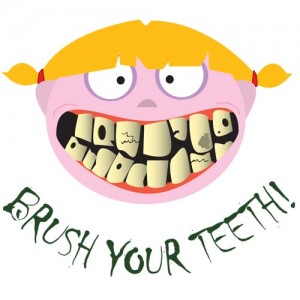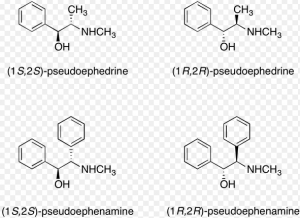How many of you have had the struggle of continuing a conversation with someone with appalling breath when all you want to do is shove a breath mint in their mouth? Bad breath, also called halitosis, can arise from poor dental habits, types of food you eat, and other unhealthy lifestyle choices. Bad breath can be a sign for bigger issues such as gum disease and tooth decay. Halitosis mostly originates at the mouth, but in severe circumstances, 10% of halitosis can start at the nasal cavity, throat, lungs, esophagus, or stomach.
Most people suffer from morning breath; having bad breath right after waking up. The mouth has about 10 billion bacterias, these bacteria consume any left over food particles in the mouth and excrete waste, which can be in the form of gas. The gas does not smell very pleasant, so when you add all the bacterial excretions of 10 billion organisms the end result is morning breath. Most people do not suffer from bad breath during the day unless their mouth is dry. What keeps the mouth moist is saliva, which contains antibacterial compounds and removes food that can be stuck in between your teeth and on your tongue. When we sleep saliva is not being produced, this is when bacteria are able to multiply causing an increase in waste, resulting in morning breath.
Ways to avoid having bad breath:
- brush your teeth after you eat and before bed
- floss once a day
- brush your tongue
- avoid having a dry mouth- drink plenty of water
- chew sugar free gum
- get a new tooth brush every 3-4 months
- avoid sticky/sugary foods
- use mouthwash and toothpaste that contain fluoride
During the day, chewing sugar free gum is beneficial because it increases saliva flow, so there will be less bacteria and less food particles in your mouth. It is important to brush your teeth and tongue before bed to remove hidden food particles otherwise the bacteria will have a lot of excretions. The tongue is usually under-looked when it comes to oral hygiene, but because of the many folds on the tongue, it is considered an ideal place for both bacteria and food to hide.
What can cause people to have constant bad breath throughout the whole day is plaque– a pale yellow residue, which is bacteria that colonize and attach to your teeth. It is important to prevent plaque build up since this can lead to issues more than bad breath, such as gum disease.

The compounds primarily responsible for bad breath include methyl mercaptan and hydrogen sulfide. Skatole and indole also cause bad breath, they are responsible for the smell of feces – EW!
Since bad breath is considered to be a social “taboo” it is important to keep ones oral hygiene a high priority because it can potentially cause social anxiety and depression.
Blog By Komal Virk

















